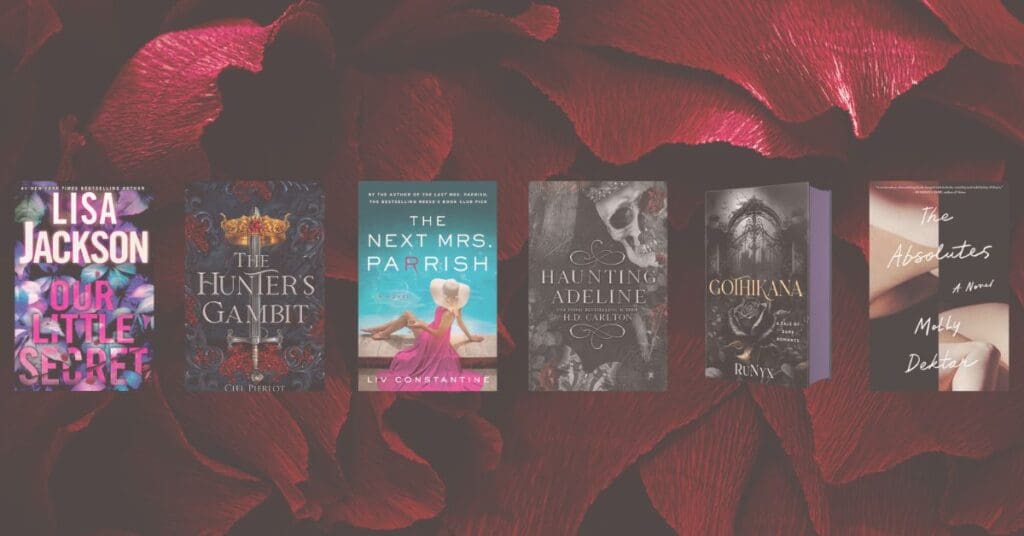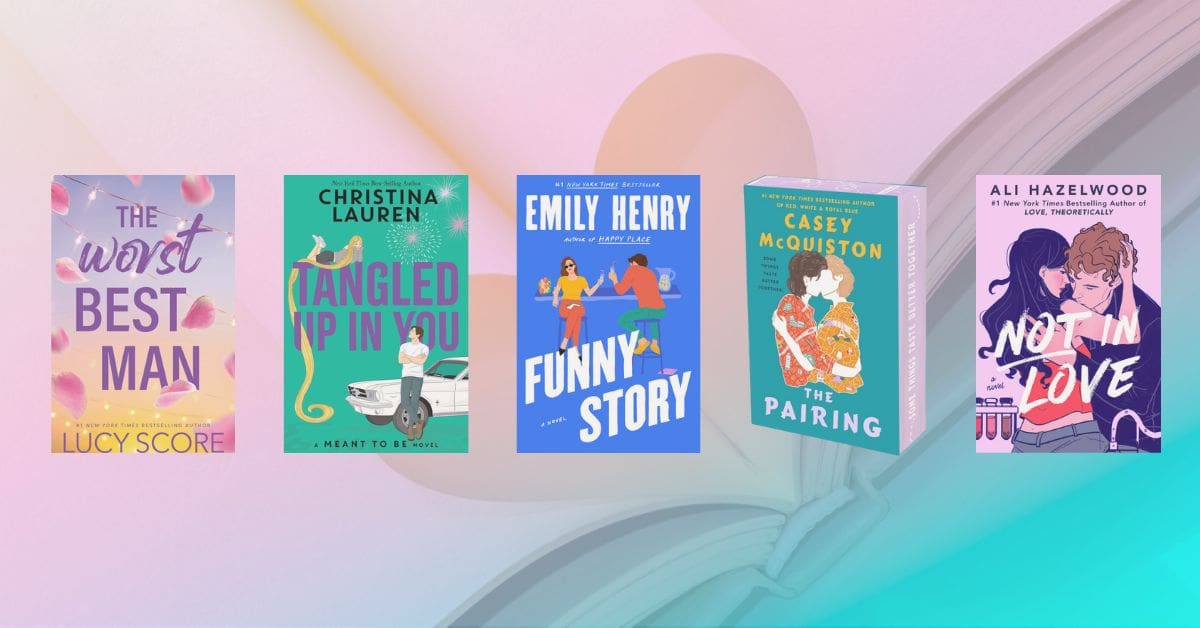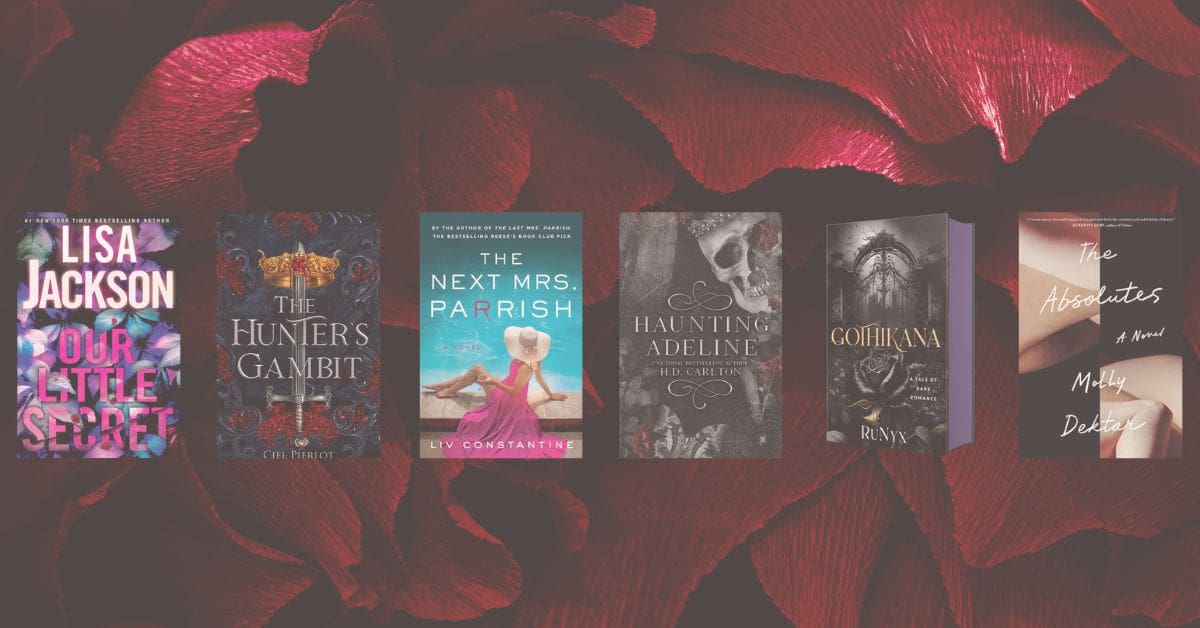Instagram poets have, hands-down, changed the way we encounter and communicate poetry. Make the most of your posts with these tools and tips.
Whether InstaPoetry is your ‘thing’ or not, it’s not going anywhere. Obviously, some people find Instagram poetry to be pretty much the worst, while others claim Instapoets are democratizing a genre which has had some very real barriers to entry (publishing can be brutal). Anyone can ‘publish’ poetry now, simply by adding it to their Instagram posts.
Today, poets are able to express themselves and align their poetry to their Instagram aesthetics. An Instagram account is, beyond a way to keep up with friends (or take a one-way trip to Friday-night FOMO Town), it’s a way to create a highly-curated magazine of your life, ideals, and dreams. The beauty. The darkness. The truth.
And if your life is a literary one, why not include your poetry?
It’s important to remember that Instagram is a place for images. Beauty is a sort of language and currency on Instagram, so you’ll want to keep this in mind when sharing your work.
Instead of blurry close-ups of poems you’ve written down or published in books, make the images into experiences. Use your captions however you wish — some people like to explain their poetry, while others don’t — just remember to embed the poem within a diorama of sorts (you’ll see below). It can be minimal and clean or ornate and highly-filtered, but make it you.
When you post your poem, be sure to add some hashtags to the caption: think of the words poem, poetry, poem, poetrycollection, instapoetry, poetsofinstagram, writersofinstagram, spilledink, poetrycommunity.
Study other accounts. What are their strong suits? What stands out to you? Don’t replicate, steal or plagiarise anyone’s hard work; simply note their approach and fold it into your own.
Here are a few ways to do it:
Approach #1: Taking photos of your books or journals
In this approach, you’ll take a photo of your book or zine (or even your journal where you keep poetry!). Don’t just take a photo of the page, get creative with it. You’ll then arrange a world around it. Think of trinkets, crystals, shells, plants, petals. Go for a specific background, place the book on top of a specific fabric.
Be sure to take a photo in clean, bright light — and ensure you’re leaving enough distance so the photo feels open and airy, but not too much so as to not be readable by folks skimming on screens. Here are some examples:
Approach #2: Creating your own Canva design
Canva is an incredible tool for anyone who loathes Photoshop but wants to create quick, gorgeous, professional-looking content. Yep, Canva can help you create brochures, invites…and Instagram posts.
With this approach, you can either use of Canva’s delightful templates, or you can simply place some text on a background image or solid color (you can also save and upload any images to use on Canva, rather than use their stock images or colored backgrounds).
Simply head to Canva’s site (there is also a handy app) and choose “Instagram post” under “Create a design.” From there you can type out text, choose font, background, colors, images, filters, borders and literally anything else you need.
Because Instagram space is limited, you’ll probably want to keep the poem itself on the shorter side — a stanza, a few lines — or break a longer poem into multiple images to be included in one post.
Here are some posts I made on Canva. I try to keep them pretty cohesive so they pop and so they meld with the rest of my Instagram photos. Make sure you save your designs on Canva so you can return to the same template and simply plug in text for the next post you create.
Approach #3: The handwritten flat lay
This is one for anyone with great handwriting (although you can also type lines out onto a piece of paper, print it, and cut then out). You’ll want to focus on small pieces of paper cut into small scraps to be photographed from overhead — surrounded by the same sort of decorative items as Approach #1.
The trick here is to take the photo from overhead (this is called a flat lay). Like any other post, you’ll want clean, bright light (morning light or late afternoon light is truly wonderful) so that there aren’t many shadows.
Here are some unique examples of this approach. Notice the details, the paper’s edges, the poem’s lengths, and the overhead shot. An Android or an iPhone (with some good light) is all you’ll need.
After taking photos of your poems, you can also use an app to edit your photos — pull up their whiteness, brightness, saturation and structure, and eliminate shadows or other not-so-pretty bits. I love Lightroom for basic clean editing, and Afterlight and 1967 for filters, color washes, and other fun affects.













